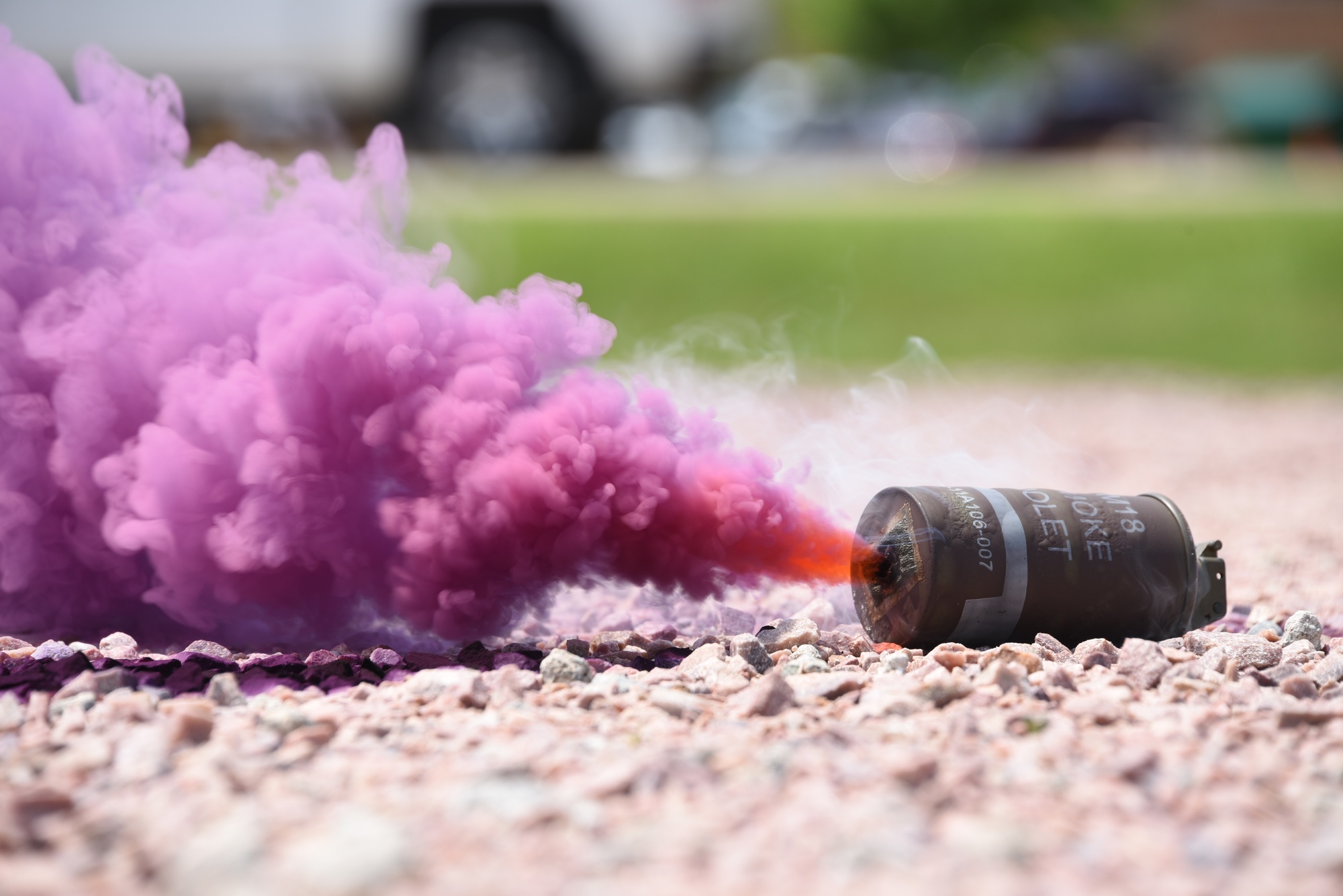
Stealth tactics have long been a crucial element in military operations, allowing forces to gain the upper hand in combat scenarios. One tool that has been revolutionizing the way military forces approach stealth operations is the smoke grenade. These small canisters, when deployed, create a thick cloud of smoke that obscures visibility and disrupts enemy communication and targeting capabilities.
One of the key benefits of smoke grenades in London is their ability to provide cover for troops during movement. By deploying smoke grenades strategically, military forces can create a smokescreen that allows them to advance or retreat without being easily detected by the enemy. This can be particularly useful in situations where forces need to cross open terrain or move through urban environments where visibility is limited.
In addition to providing cover for movement, smoke grenades are also effective for creating diversions and confusion on the battlefield. By deploying smoke in a certain area, forces can create the illusion of a larger presence or a different direction of attack, throwing off enemy forces and allowing for a tactical advantage. This can be especially useful for special operations forces or small units operating behind enemy lines.
Smoke grenades are also valuable for providing concealment for snipers and other sharpshooters. By creating a cloud of smoke around their position, snipers can maintain their cover and concealment while still being able to accurately target enemy forces. This can be crucial in situations where snipers need to remain hidden while taking out high-value targets or providing overwatch for friendly forces.
Another key advantage of smoke grenades is their ability to disrupt enemy targeting systems and communication. The thick smoke created by the grenades can interfere with thermal imaging and other sensor technologies, making it more difficult for enemy forces to track and target friendly troops. In addition, the smoke can create confusion and chaos, making it harder for enemy forces to effectively coordinate their actions.
Smoke grenades are also versatile in their application, with different types of smoke grenades available for various tactical situations. For example, white smoke grenades are often used for signaling or marking locations, while colored smoke grenades can be used for differentiating between friendly and enemy positions or for creating visual markers on the battlefield. This flexibility allows military forces to tailor their smoke grenade usage to the specific needs of a mission.
Despite their many advantages, smoke grenades are not without their limitations. The effectiveness of smoke grenades can be impacted by weather conditions, such as wind direction and speed, which can cause the smoke to dissipate more quickly or drift in unintended directions. In addition, the use of smoke grenades requires careful coordination and communication among troops to ensure that the smoke is deployed in the right locations at the right times.
Overall, smoke grenades have proven to be a valuable tool for modern military forces, enhancing their ability to operate stealthily and effectively in a variety of combat scenarios. By providing cover for movement, creating diversions and confusion, concealing snipers, disrupting enemy targeting systems, and offering versatility in application, smoke grenades are revolutionizing the way military operations are conducted. As technology continues to evolve, it is likely that smoke grenades will continue to play a critical role in enhancing the stealth capabilities of military forces around the world.